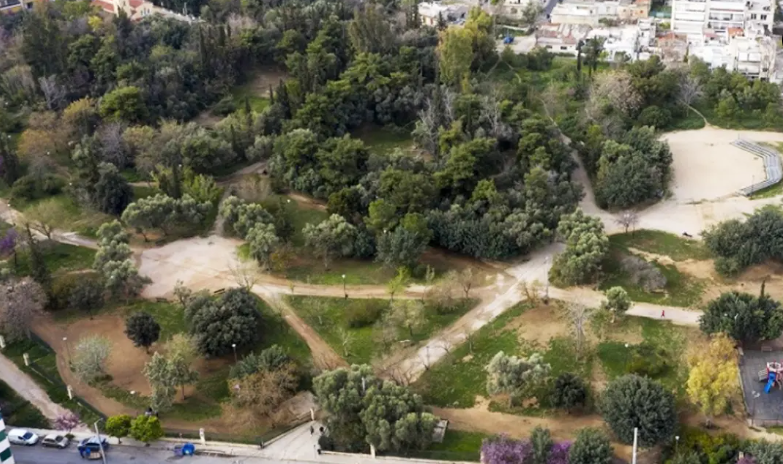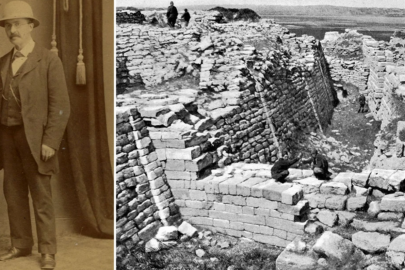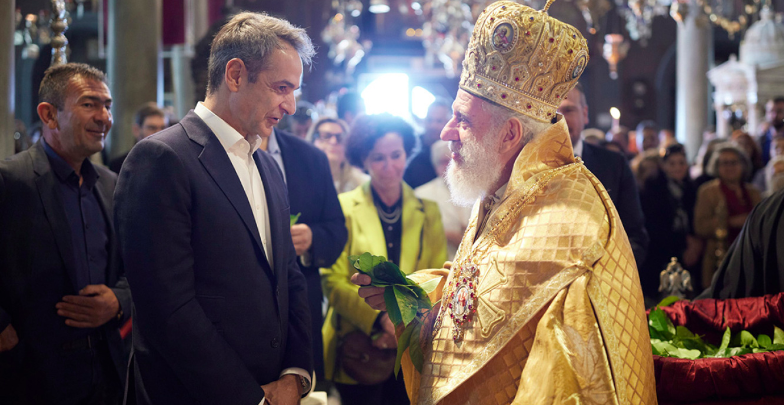Italian researchers claim to have discovered the burial site of Plato in Athens. According to archaeologist and president of the Association of Greek Archaeologists, Dr. Kostas Paschalidis, the placement of Plato’s tomb in the Academy is not unknown to the archaeological community. He cites earlier sources such as Diogenes Laertius and Pausanias, who mention that Plato was buried in the Academy. He also highlighted the importance of the new technology that allowed the reading of 1,000 more words than previous methods. He went on to express hope for the discovery of new texts from the library of Peisone, which contains philosophical works. Finally, he underlined the importance of protecting archaeological sites like Plato’s Academy. This discovery is attributed to the reading of new papyrus texts using a bionic eye that revealed information about the location of Plato’s tomb near the shrine of the Muses in the Academy.
African dust: Post by the Hellenic Police showing camels in the center of Athens
During excavation in 1750 numerous papyrus scrolls from 1752 to 1754 were found. The effort to decrypt them continues using modern digital technology methods. Italian scientists claim to have located the exact burial site of Plato in Athens based on new readings of papyrus scrolls found near Naples. Evidence regarding the end of Plato’s life is scarce and varied. According to the book “The Book of Dead Philosophers,” Cicero mentions that he passed away while writing. However, Hermippus claims that he died at a wedding at the age of 81 and was buried in the Academy. Marsilio Ficino, a Neoplatonist of the Renaissance, adds that he died on his birthday and stresses the significance of the number 81. There is also an alternative story that he died from lice infestation, which is considered offensive by Thomas Stanley in his 1687 work “The History of Philosophy.”
The discovery of Plato’s tomb in the Academy of Athens is attributed to the bionic reading of papyri uncovered in Herculaneum in Lower Italy. Since 1855, 1,756 papyri have been discovered, but only 340 have been fully read, while many are carbonised or partially damaged.






































